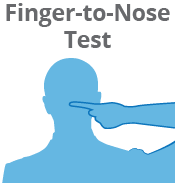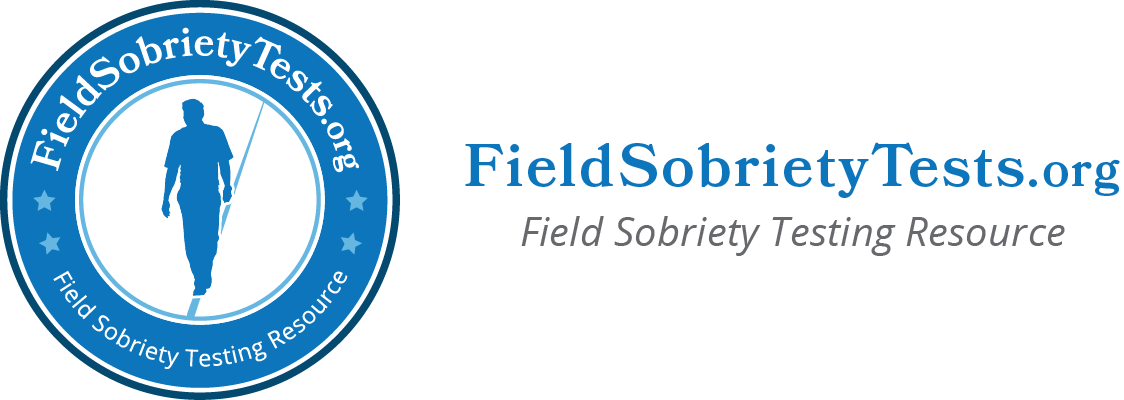Finger-to-Nose Test
Although only three field sobriety tests have been standardized and approved by the National Highway Traffic Safety Association (horizontal gaze nystagmus, walk and turn and one-leg stand), police officers sometimes use unofficial tests during the course of a traffic stop. One of these is the finger-to-nose test.
Finger-to-Nose Test Procedure
To perform the finger-to-nose test, you will close your eyes, tilt your head back slightly and touch your nose with your index finger. This is repeated three times on each hand, for a total of six attempts.
While performing this test, the officer will look for a number of clues that indicate intoxication. These include: inability to follow instructions, swaying, eyelid/body tremors, speaking or making sounds during the test and failing to touch your finger to your nose. If you exhibit several of these clues, you could be arrested for driving under the influence.
Fighting the Finger-to-Nose Test
Field sobriety tests are notoriously subjective—especially tests that have no official guidelines or scientific findings to ensure they are accurate. If the officer believes that a driver is under the influence, this could skew his or her perception and have a direct impact on the test score.
Not only that, but the finger-to-nose test was initially developed to assess neurological function and motor coordination. Because the police officer is not a doctor, he or she cannot tell if the driver was unable to successfully perform this test due to the consumption of alcohol or an underlying medical condition.

